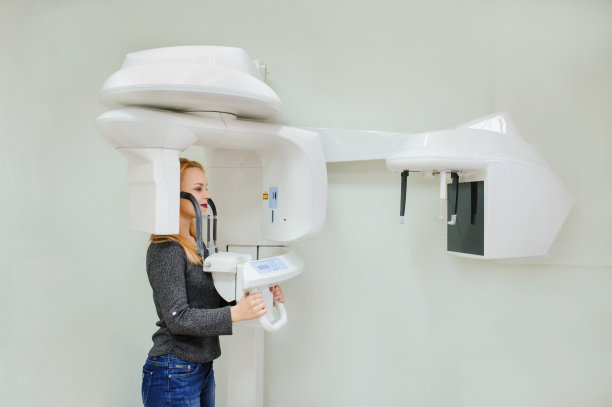Essential Precautions to Ensure Safe and Effective Root Canal Treatment for Dental Patients
Summary: Root canal treatment is a common endodontic procedure to save teeth affected by infection or damage. This article emphasizes essential precautions to guarantee safe and effective root canal treatment for dental patients. Key areas of focus include proper patient assessment, infection control measures, procedural techniques, and post-treatment care. Each aspect plays a pivotal role in ensuring a smooth treatment process, minimizing risks, and enhancing patient outcomes. By adhering to these precautions, dental practitioners can maintain high standards of care, ultimately leading to healthier teeth and greater patient satisfaction.
1. Comprehensive Patient Assessment Procedures

Before any dental procedure, particularly a root canal treatment, a thorough patient assessment is crucial. This involves taking a detailed medical history to identify any underlying health conditions that may affect treatment. Conditions such as diabetes, allergies, or heart disease can significantly influence the approach to dental care, necessitating tailored treatment protocols.
In addition to medical history, clinicians should conduct a comprehensive dental examination. This includes diagnostic imaging, such as X-rays, to assess the extent of tooth damage or infection and to visualize the root canal system accurately. By understanding the state of the tooth and surrounding tissues, dental professionals can create an effective treatment plan.
Communication with the patient about their potential risks and benefits is equally important. Discussing what to expect during the treatment can help alleviate anxiety and foster a trusting relationship between the patient and the practitioner. It also ensures that patients are actively involved in their own care decisions.
2. Rigorous Infection Control Protocols
Infection control during root canal treatment is paramount to prevent complications and ensure patient safety. Dental practices must adhere to stringent sterilization protocols for all instruments used in the procedure. This includes autoclaving tools and using disposable items whenever possible to minimize the risk of cross-contamination.
Furthermore, maintaining a sterile environment during treatment is essential. The dental team should wear appropriate personal protective equipment (PPE) such as gloves, masks, and gowns to reduce the likelihood of introducing pathogens. Regular surface disinfection of the treatment area and equipment also contributes to maintaining a safe environment.
In cases where infection is present, the use of antibiotics may be warranted. Proper diagnosis and management of any existing infections before initiating root canal therapy can greatly enhance the effectiveness of the treatment and prevent the spread of bacteria to other areas.
3. Adhering to Procedural Techniques
Applying standardized procedural techniques is vital in performing root canal therapy effectively and safely. The dentist must employ appropriate local anesthesia techniques to ensure the patient’s comfort throughout the procedure. Pain management not only enhances patient satisfaction but also allows for a more precise, focused approach during treatment.
Utilizing endodontic instruments in accordance with best practices is equally important. The use of rotary files, for example, can lead to a more efficient cleaning and shaping of the root canal spaces, promoting optimal healing outcomes. Dentists should be skilled in the use of various tools and techniques, ensuring the most suitable approach for each unique case.
Monitoring the patient’s vital signs during the procedure is another critical practice. This continuous assessment helps in recognizing any signs of distress or complications early, ensuring prompt interventions. An attentive approach can significantly enhance the safety and success rate of root canal treatments.
4. Effective Post-Treatment Care Guidelines
Post-treatment care plays a crucial role in the success of root canal therapy. Patients should receive clear instructions regarding post-operative care, including pain management, dietary restrictions, and signs of complications to monitor. This empowers patients to effectively manage their recovery and seek help if needed.
Follow-up appointments should be scheduled to assess the healing process and the success of the treatment. Regular check-ups allow dental professionals to catch any potential issues early, ensuring that patients remain on track to recovery and optimal oral health.
Education on maintaining good oral hygiene after the procedure is essential. Patients must be instructed on the importance of regular brushing, flossing, and routine dental visits to prevent future complications. This proactive approach not only promotes healing but also contributes to overall dental health in the long term.
Summary:
Ensuring safe and effective root canal treatment involves a comprehensive approach that covers patient assessment, infection control measures, adherence to procedural techniques, and post-treatment care. Each of these areas contributes significantly to the overall success of the treatment and the well-being of the patient, highlighting the need for meticulous planning and execution in dental practices.
This article is compiled by Vickong Dental and the content is for reference only.


